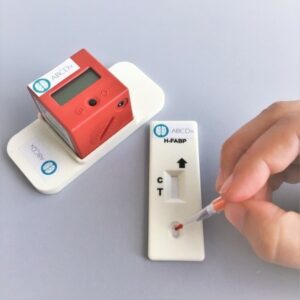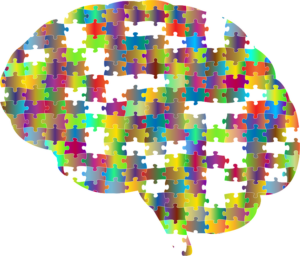Brain Injury Diagnosis Breakthrough
Every year in the EU, 3 million people attend hospital following a brain or head injury. Thankfully, the majority of these people suffer no long-term consequences. However, for those not so lucky, the diagnosis of a traumatic brain injury (TBI) can have life changing consequences for the individual and their family.
What is TBI?
According to brain injury charity, Headway, a traumatic brain injury is “an injury to the brain caused by a trauma to the head. There are many possible causes including road traffic accidents, assaults, falls and accidents at home or at work.”
Check out our ‘Brain and Head Injury Fact Sheet’ link for more information.
How is TBI diagnosed?
A CT scan is the most common method used by hospitals to diagnose a traumatic brain injury. Other tools such as an MRI scan combined with a doctor’s clinical assessment of the patient’s condition may also be used. Sometimes, a diagnosis of a traumatic brain injury can take several hours, perhaps in fact days and can result in valuable time being lost for the patient with the brain injury.
What is the new diagnosis breakthrough?
Scientists from the University of Geneva (UNIGE) in Switzerland have developed a small portable device, called the TBI check, which can analyse the level of proteins in the patients’ blood stream to diagnose within minutes the possibility of a mild traumatic brain injury. Depending on the results, the patient can either be advised to go to hospital immediately for a CT scan or alternatively the patient may not require further follow up. The TBI check device requires further testing and verification but the early signs are very encouraging.
Ronan Hynes, Partner of the Sellors Serious Injury Team commented that: “This development has significant potential to increase the speed of diagnosis of traumatic brain injury allowing for quicker treatment and further investigation with hopefully consequent better outcomes. Hospitals could benefit from an improvement in patient triage, reduced waiting lists and the number of expensive CT scans. It may also play a vital role in non-healthcare settings including the world of sport as it may allow for an on the spot diagnosis to be made.”
A full link to the research can be found at:
https://www.unige.ch/communication/communiques/en/2018/cdp180730/.
Should you require more information, please contact Ronan Hynes, Partner on 061 432 348 or by email at [email protected].
Image Credit: UNIGE



